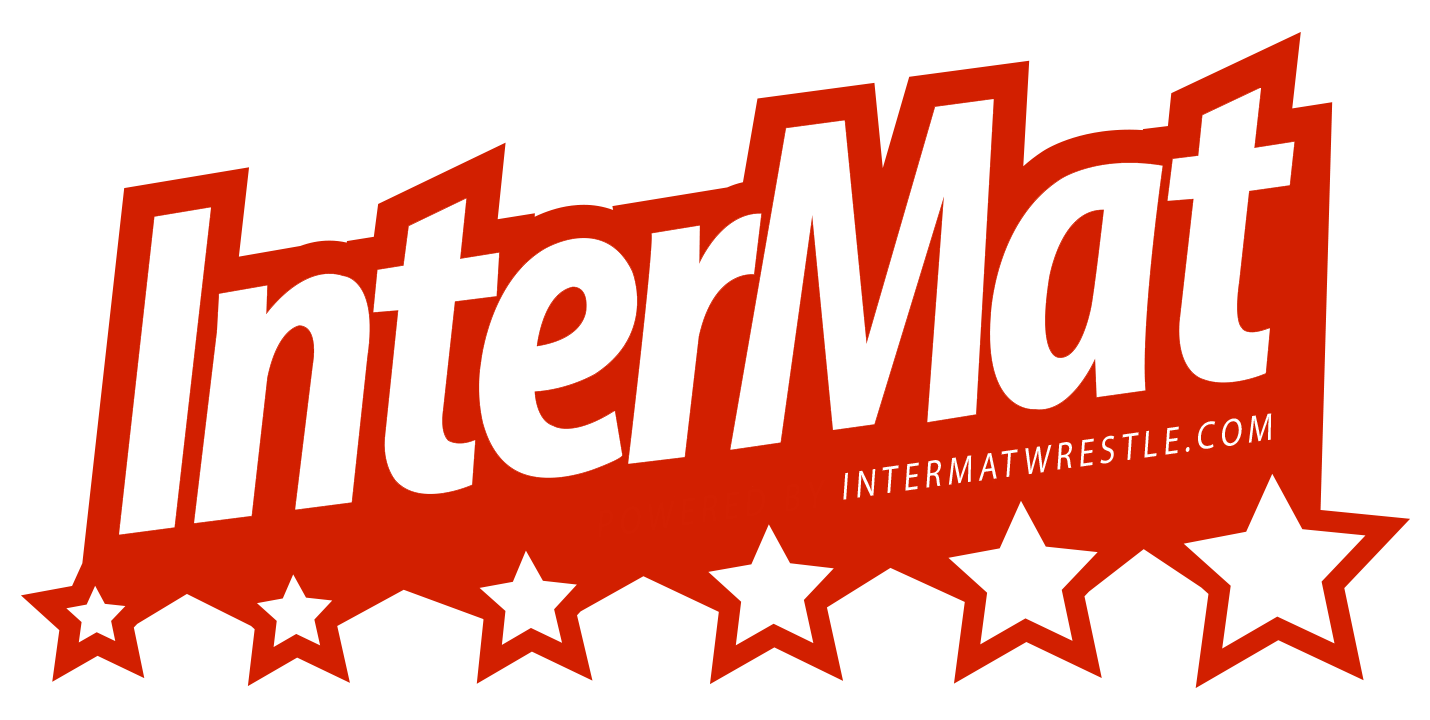-
Posts
933 -
Joined
-
Last visited
-
Days Won
7
Content Type
Forums
Articles
Teams
College Commitments
Rankings
Authors
Jobs
Store
Everything posted by Jason Bryant
-
Also had his program dropped in the process. Could have been a threat to place while at that place in Norfolk given how he always seemed to catch fire at nationals.
-

Best Campaign to Not End with a Title
Jason Bryant replied to blueandgold's topic in College Wrestling
Tim Kreiger entered each NCAA tournament he wrestled undefeated for that season. Was a four-time #1 seed. So maybe his freshman or junior seasons as he finished 5-1-2-1 -
Virginia Duals spawned the event. Then it started to move around the country. They started the Multi-Divisional National Duals in 2004. Division I broke off to try regional formats (and back to single sites) and then a finals site in 2012 and then various versions until the bowl-series style that Cael actually suggested put an end to it. Multi-Duals have been on-going since 04, with the NJCAA moving theirs to Oklahoma a week later the last few years.
-
That’s not exactly something that’s going to grow anymore. 24 pairs of Jordans, Dunks and Air Force 1s was a COVID discovery more than anything - although I do buy shoes that match my gigs and for special occasions.
-
They’re not still in the wax packs.
-
Craft brewery stickers, inadvertently collecting wrestling t-shirts, but those are more rotated in and out. Hats. I have a small collection of vintage pennants from defunct minor league and rogue sports league teams from both Minnesota and Virginia. Still have my 25K baseball cards from the “worthless era” of collecting in the late 80s.
-

So you're saying there's a chance...
Jason Bryant replied to Wrestleknownothing's topic in College Wrestling
Speaking strictly placewinners, not the COVID year. George Mason was 1995 (Finacchio) VMI was 1999 (Apedoe) -

looks like Baylor Fernandes is off the UNC roster finally
Jason Bryant replied to Bardamu911's topic in College Wrestling
That practice has tended to fall out of favor in the recent years. Mainly due to the growing divide between athletics comms people who are already understaffed and overworked and the demanding nature of college coaches who feel those people work FOR them -

D-1 Week in Preview, January 1-7
Jason Bryant replied to SetonHallPirate's topic in College Wrestling
midco typically has very good production with their sports broadcasts. -

I don't know how to feel about women's sports
Jason Bryant replied to Wrestleknownothing's topic in Non Wrestling Topics
That must have been what, 100 years ago? You’ve been around for a minute there Art! (I kid, I kid) -

I don't know how to feel about women's sports
Jason Bryant replied to Wrestleknownothing's topic in Non Wrestling Topics
They have two sports - men's and women's basketball and isn't a member of a larger organization like the NCAA or NAIA, they're below that in the National Christian College Athletic Association. There are some "larger" schools associated with it, but some of these places might be in your local strip mall, too. https://en.wikipedia.org/wiki/List_of_NCCAA_institutions -

I don't know how to feel about women's sports
Jason Bryant replied to Wrestleknownothing's topic in Non Wrestling Topics
That mismatch exists because some schools look for easy wins despite where they are in the competitive landscape. Buy games exist in nearly every sport, but these tiny schools see a buy game the same way the smaller FCS schools do in football. But in this case, a D1 playing a non-NCAA school of that size is just poor leadership from an administrative level. It’s not a women’s sports problem it’s a poor leadership college sports problem. -

I don't know how to feel about women's sports
Jason Bryant replied to Wrestleknownothing's topic in Non Wrestling Topics
There’s levels to this. Grambling had no business playing a school at that level. The comparison of these two sporting events is only similar in that it was women’s basketball. Nothing else about them is really the same. -
In his era, matches against NJCAA opponents also didn’t count.
-
While not in the same realm of scumbaggeery, I once received a cease and desist from a lawyer for going on a FB group warning unsuspecting parents of a wrestling club and travel team that was notorious for scamming tournament directors and parents every few years. That person’s mother got their family lawyer after me, citing I was harassing and bullying them because they were disabled. Grifters with resources will use the law to threaten anyone interfering in their efforts to scam. Was I right? Yes, but did I want to spend thousands of dollars to prove that fact? When you call someone out on things like this, the accused parties are ready and able to send their lawyers after you to shut you up.
-
Through the first 6,793 individual bouts wrestled this season between D1 vs. D1, the percentage of matches ending in a fall is 15.15%. Compared to the first 6,925 bouts last year, the percentage of falls was 15.97%. I used the same stop point (just before Collegiate Duals), since I did this about two weeks ago. MDs were 20.04% compared to 16.61% the year before and TFs were 15.72% this year, compared to just 6.4% last year. The number of Medical Forfeits last year was 242. This year, it's a total of 164, with 57 medical forfeits and 107 "countable" medical forfeits. Average Dual meet score last year was 29.1-9.25. This year, the average dual score is 32-9.05
-
There's also the Midlands Women's tournament too.
-
Love (most of) y’all. Merry Christmas folks!
- 23 replies
-
- 10
-

-
Rich/Parity Boy/Title IX is Ripe For Reform was punted from here a month or so ago. I only used ChatGPT to reply to him towards the end and learned a long, long time ago arguing with him leaves you devoid of time and brain cells. Met him once …
-
It took one 40-bid allocated conference and made it two that would have earned 24 and 23 bids before at-larges last year. Contraction of conferences has been a negative for the sport. Anytime you give an all-sports conference a chance to remove sponsorship, it's not good for the existing teams. The Ivy officially running a tournament is a good thing. Equitable access to championships is logical and makes sense. Have to look at things from outside of the wrestling world. We can't be the outliers or exceptions. The problem is realignment will never fully be done and the non-revenue/Olympic sports will always be along for the ride. The Ivy is the one D1 conference that is most immune to realignment. My guess is their Presidents feel aligning with schools to access the championships should be with the schools that have the same admissions and eligibility requirements. The EIWA has a great history. It can still exist, but we need to think about it not in the traditional concept. My suggestion this past summer was to keep the EIWA tournament running it with the membership, but do it in January and make it a destination event at the Palestra, Stabler or something like that. There's a lot more details to that idea, but the last 20+ years, the conference additions have. been more due to conferences dissolving (CAA, East Region) than addition that aligned with the EIWA's tradition. I love the EIWA, but the super affiliate-laden conferences aren't necessarily a good thing. Anyway, Merry Christmas and Happy Holidays wrestling fans!
-
I think it’ll happen eventually. ECAC can backfill schools like RIT from Atlantic Hockey. This season, Quinnipiac is the only team from the ECAC in the Top 20 in the pairwise at the moment. Cornell is 21st. I’d rate the ECAC fourth, behind the NCHC, Hockey East and Big Ten. Men’s and women’s hockey are the only two sports left with enough membership to have an AQ but don’t do it.
-
No, Lange won during the one year freshmen were eligible post WWII in 1947 - he won three. The accident kept him from potentially getting that fourth.
-
Thanks for the clarity there Gimp. As always, your knowledge is extremely appreciated.


